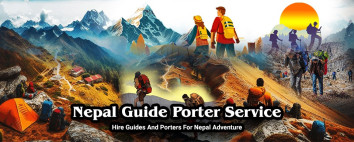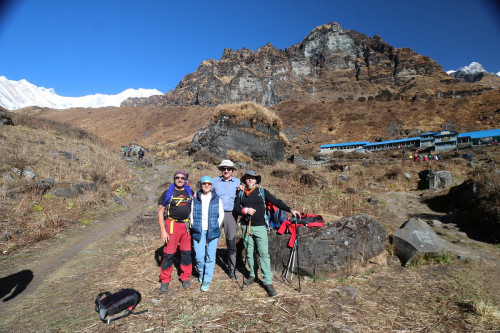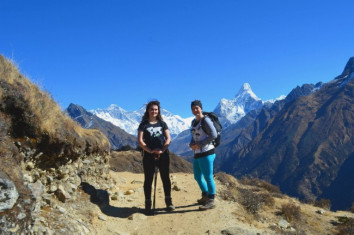How to Prevent Altitude Sickness While Trekking in Nepal
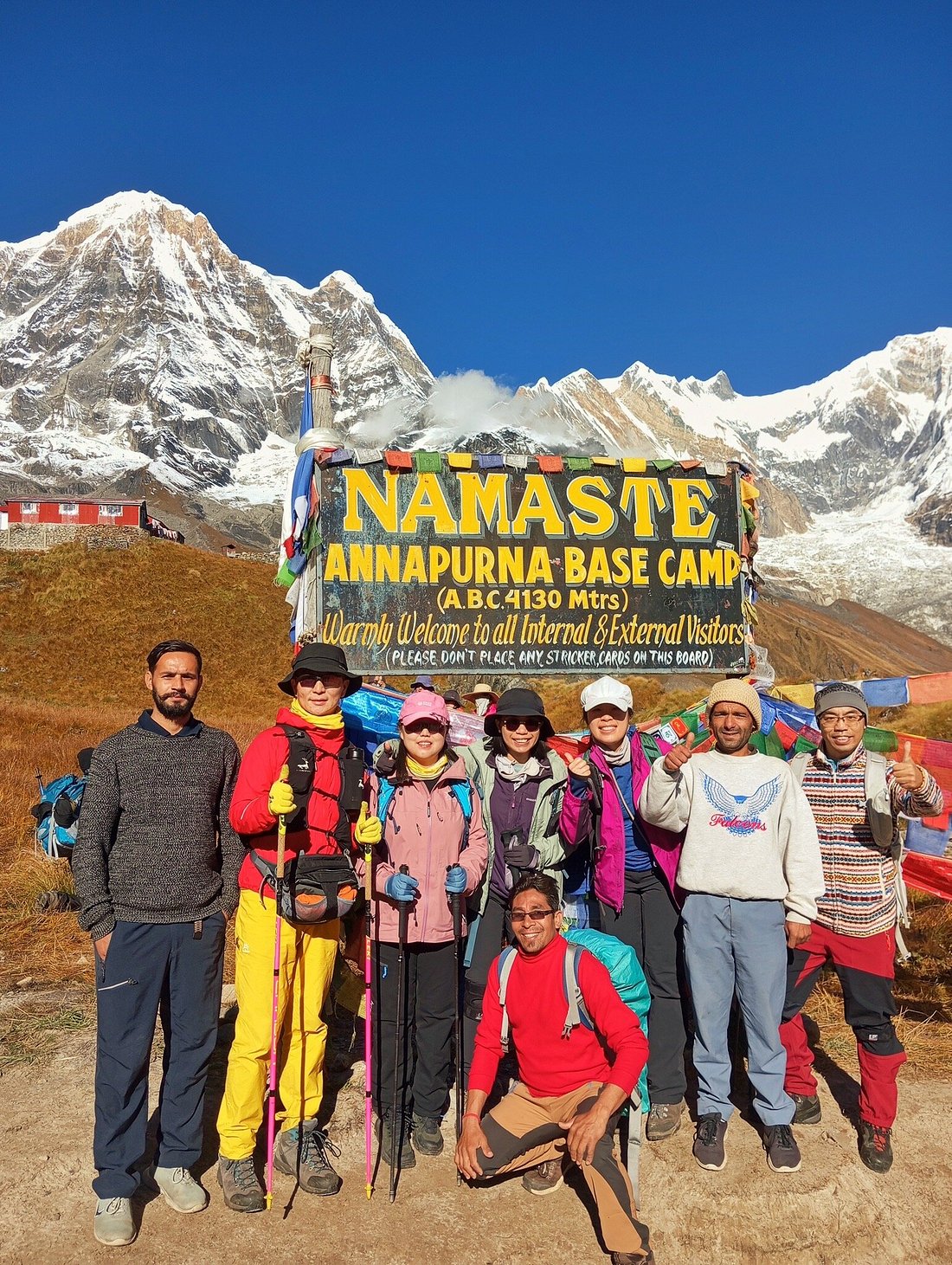
 Kedar Neupane
14th Nov, 2025
Kedar Neupane
14th Nov, 2025
Kedar Neupane
I am Kedar Neupane, a passionate traveler, entrepreneur, mentor, and social contributor, born and raised in a village near the Nepal-China border in Sindhupalchok, Nepal. With a Master’s degree in Business from Tribhuvan University and Level 2 proficiency in the German language, I have dedicated my life to tourism, trade, mentorship, and holistic well-being.
🌍 A Global Explorer with a Vision
Having explored 26+ countries, I have gained profound insights into diverse cultures, business landscapes, and global tourism. My travels have taken me to:
🇹🇭 Thailand | 🇧🇹 Bhutan | 🇲🇾 Malaysia | 🇸🇬 Singapore | 🇨🇳 China | 🇭🇰 Hong Kong | 🇩🇪 Germany | 🇵🇱 Poland | 🇦🇹 Austria | 🇨🇭 Switzerland | 🇭🇺 Hungary | 🇳🇱 Netherlands | 🇧🇪 Belgium | 🇫🇷 France | 🇦🇪 UAE | 🇬🇧 UK | 🇺🇸 USA | 🇹🇷 Turkey | 🇶🇦 Qatar | 🇮🇳 India | 🇮🇩 Indonesia | 🇨🇦 Canada
Through my journeys, I have developed a deep appreciation for cultural exchange, adventure tourism, and sustainable business practices.
🏔️ Entrepreneurial & Professional Journey
I am actively involved in tourism, trade, and mentorship, leading multiple ventures that promote sustainable travel, adventure tourism, and business development:
✔ Founder & MD – Actual Adventure Pvt. Ltd. (A leading adventure travel company in Nepal)
✔ CEO – Himalayas Destination Management Company (Creating premium travel experiences)
✔ MD – Nepal Export & Import Pvt. Ltd. (Promoting Nepalese products globally)
✔ MD – Actual Mentor Pvt. Ltd. (Empowering entrepreneurs and professionals)
✔ Chairman – World Expedition Nepal (Focusing on high-altitude expeditions and trekking)
Through my entrepreneurial journey, social contributions, global explorations, and commitment to lifelong learning, I strive to inspire others to pursue their passions while making a meaningful difference. My dream is to build a world where travel, business, and holistic well-being come together, fostering growth, sustainability, and happiness for all.
How to Prevent Altitude Sickness While Trekking in Nepal
Although trekking in Nepal is generally safe and enjoyable, altitude sickness (also known as Acute Mountain Sickness or AMS) is one of the most common health concerns for travelers visiting high-altitude regions such as Everest, Annapurna, Langtang, and Manaslu. Even healthy and fit trekkers may experience mild symptoms when ascending too quickly or ignoring proper acclimatization. Therefore, understanding how to prevent altitude sickness while trekking in Nepal is essential for a safe and successful adventure.
Table of Contents
Tips to Prevent Altitude Sickness in Nepal
- Ascend Slowly: After reaching 3,000 meters, it’s vital to gain altitude gradually. For every 1,000 meters of elevation gained, rest for an extra night to allow your body to adjust. If you experience discomfort, descend about 300–400 meters to sleep at a lower altitude.
- Stay Hydrated: Drink plenty of fluids such as water, soups, and herbal teas. Avoid dehydration, which worsens altitude symptoms. However, do not overhydrate to the point of discomfort.
- Eat Carbohydrate-Rich Foods: Your body needs more energy at high altitudes. Include extra carbohydrates like rice, potatoes, pasta, and bread to maintain your stamina during the trek.
- Climb High, Sleep Low: Even if you hike to a higher altitude during the day, descend 300–400 meters to sleep. This helps your body adapt without overstraining your system.
- Avoid Alcohol, Smoking, and Sleeping Pills: These substances can reduce your breathing rate and oxygen absorption, making acclimatization more difficult.
- Don’t Overexert Yourself: Avoid heavy exercises at high altitudes. Walk at a steady, comfortable pace and listen to your body’s signals.
- Never Trek Alone: Always trek with a licensed guide or a trusted companion. Inform them immediately if you experience any unusual symptoms such as headache, dizziness, or shortness of breath.
- Use Medication if Needed: Acetazolamide (Diamox) 250 mg twice daily can help prevent altitude sickness. Consult your doctor before taking any medication.
- Follow the 1,000 m Rule: Do not ascend more than 1,000 meters in one day once above 3,000 m elevation.
- Seek Medical Help Immediately: If symptoms worsen or do not improve with rest, descend to a lower altitude and call for rescue support.
Importance of Acclimatization During Treks in Nepal
Acclimatization is one of the most important parts of high-altitude trekking in Nepal. It refers to spending extra time at a specific altitude so your body can adapt to the reduced oxygen levels. As you climb higher, the air becomes thinner and oxygen molecules are spaced farther apart. This reduces air pressure and affects your body’s oxygen intake.
During acclimatization, your body undergoes several natural adjustments — your breathing rate increases, your body produces more red blood cells to carry oxygen, and your lungs expand their capacity. These processes require time. Therefore, acclimatization days are built into most trekking itineraries, such as in Namche Bazaar (3,440 m) and Dingboche (4,410 m) on the Everest Base Camp Trek.
Everyone reacts differently to altitude depending on factors such as age, fitness, and experience. While Sherpas and high-altitude natives are naturally adapted to lower oxygen levels, first-time trekkers need more rest days and careful pacing.
Why Fast Ascents Are Dangerous
Rapid ascents are one of the leading causes of altitude sickness. Moving too quickly prevents your body from adjusting to lower oxygen levels, which can cause headaches, nausea, fatigue, or more serious conditions such as HACE (High Altitude Cerebral Edema) or HAPE (High Altitude Pulmonary Edema). Trekking slowly, taking acclimatization breaks, and following a proper itinerary are key to staying safe.
Frequently Asked Questions About Altitude Sickness in Nepal
1. What Causes Altitude Sickness?
The main cause of altitude sickness is ascending to high altitudes too quickly. As elevation increases, the amount of oxygen in the air decreases, and your body needs time to adapt. If this adjustment period is skipped, you may experience symptoms like headache, nausea, or dizziness.
2. What Does High Altitude Do to Your Body?
At higher altitudes, your breathing rate increases as your body tries to absorb more oxygen. Over time, your lungs expand, and your blood produces more red blood cells to carry oxygen. However, without proper acclimatization, your body cannot adjust effectively, leading to AMS symptoms.
3. Am I Likely to Get Altitude Sickness on the Everest Base Camp Trek?
Yes. Altitude sickness can begin as low as 2,750 meters, and the Everest Base Camp Trek starts at Lukla (2,860 m). Most itineraries include acclimatization days at Namche Bazaar (3,440 m) and Dingboche (4,410 m) to help trekkers adjust. Skipping these rest days increases the risk of AMS.
4. What Treks in Nepal Have the Highest Risk of Altitude Sickness?
High-altitude trekking routes above 4,000 m are most likely to trigger AMS. These include:
- Everest Base Camp Trek & Everest Three Passes Trek
- Gokyo Lake Trek
- Manaslu Circuit Trek
- Dhaulagiri Base Camp Trek
- Nar Phu Valley Trek
- Upper Dolpo Trek
- Annapurna Circuit & Annapurna Base Camp Trek
- Kanchenjunga Base Camp Trek
All of these routes require gradual ascent and rest days to stay safe. Licensed guides from reputed companies like Actual Adventure or Heaven Himalaya are trained to recognize and manage altitude sickness symptoms during the journey.
5. Can Healthy People Get Altitude Sickness?
Yes. Even if you are fit and healthy, if you have not acclimatized properly or climbed too quickly, you can experience altitude sickness. Fitness helps with endurance, but it does not guarantee immunity from AMS.
6. Is It Hard to Breathe at High Altitudes?
Yes, shortness of breath is one of the primary symptoms of altitude sickness. If you experience difficulty breathing, stop, rest, and descend if needed. Always inform your trekking guide immediately.
7. Can I Prevent Altitude Sickness Naturally?
Yes, you can reduce your risk naturally by trekking slowly, drinking plenty of water, eating enough carbohydrates, taking acclimatization days, and avoiding alcohol and smoking. These simple habits help your body adjust to high altitudes without relying solely on medication.
Final Advice
Altitude sickness can affect anyone, but it is entirely preventable with proper planning and awareness. Take your time, follow a gradual ascent, and never ignore early symptoms. Remember, reaching your destination is rewarding, but returning safely is the real success. With careful acclimatization and a professional trekking guide, you can enjoy every breathtaking moment of the Himalayas in Nepal without risking your health.
Recent Posts

14th Nov, 2025

30th Oct, 2025

30th Oct, 2025

10th Apr, 2025
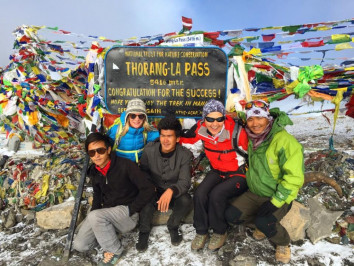
19th Jun, 2024
.jpg)


